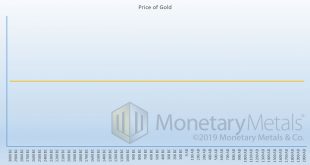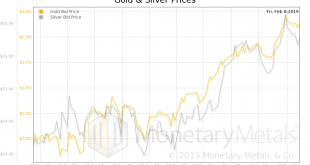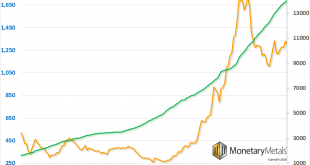Lessons from the Fall of the Roman Empire – Part I of II The rise and fall of the Roman Empire is arguably one the most studied, written about and theorized over subjects in academia, with fiery debates raging for hundreds of years among historians, sociologists and political scientists. The explanations that have been put forward to identify the causes and the circumstances that led the end of this era of human history mostly tend to focus on geopolitical factors, on social...
Read More »What’s the Price of Gold in the Gold Standard, Report 10 Nov
Let’s revisit a point that came up in passing, in the Silver Doctors’ interview of Keith. At around 35:45, he begins a question about weights and measures, and references the Coinage Act of 1792. This raises an interesting set of issues, and we have encountered much confusion (including from one PhD economist whose dissertation committee was headed by Milton Friedman himself). Gold, Paper, and Redeemability Back in the 18th century, three facts were obvious and not...
Read More »What They Don’t Want You to Know about Prices, Report 10 Feb
Last week, in part I of this essay, we discussed why a central planner cannot know the right interest rate. Central planner’s macroeconomic aggregate measures like GDP are blind to the problem of capital consumption, including especially capital consumption caused by the central plan itself. GDP has an intrinsic bias towards consumption, and makes no distinction between consumption of the yield on capital, and...
Read More »The Great Reset, Report 8 July 2018
See the introduction and the video for the terms gold basis, co-basis, backwardation and contango. Before it collapsed, the city of Rome had a population greater than 1,000,000 people. That was an extraordinary accomplishment in the ancient world, made possible by many innovative technologies and the organization of the greatest civilization that the world had ever seen. Such an incredible urban population depended on...
Read More » Swiss Economicblogs.org
Swiss Economicblogs.org



